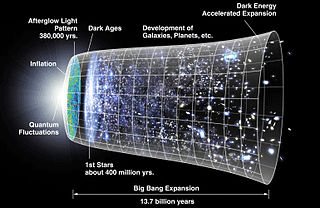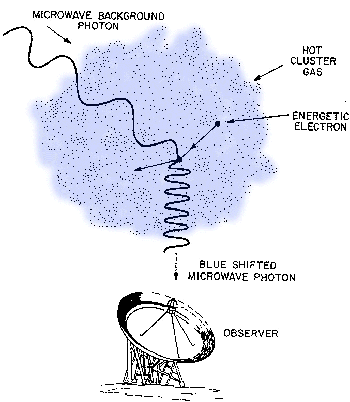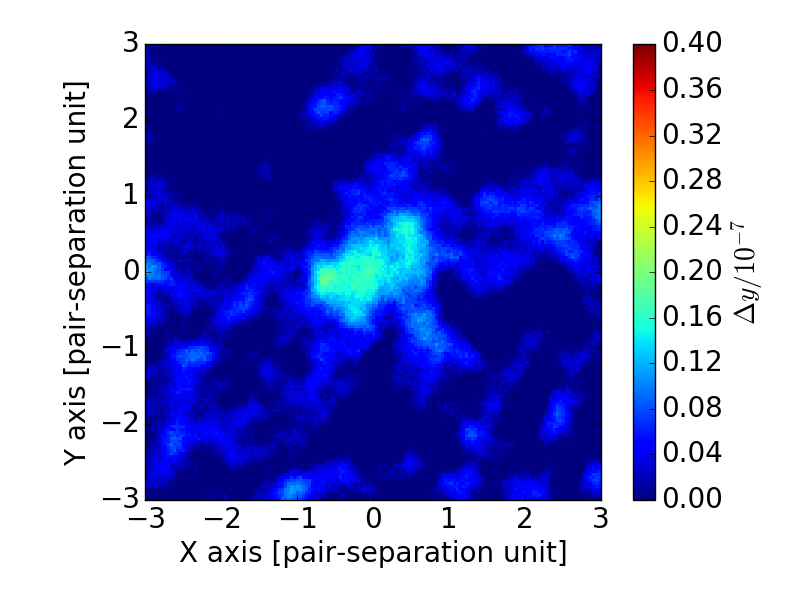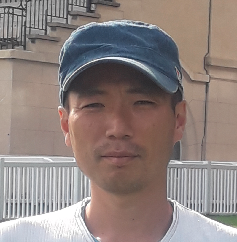My research interests
The aspect of cosmology that attracts me the most is the prospect that we can use the universe as a laboratory to learn about fundamental physics. The existence of dark matter and dark energy clearly points to physics beyond the Standard Model of particle physics, though we are far from understanding what that physics is. Upcoming cosmological observations are likely to test it.

The evolution of large scale structure, from its very simple gaussian initial conditions to the magnifcent cosmic web, poses many challenges to our understanding. On the very largest scales, the evolution is relatively simple, but as we drill down to smaller scales, structures become nonlinear and baryonic physics begins to become important. One of the key tracers of large scale structure are clusters of galaxies: these objects are the most massive bound systems in the universe and they roughly mark the transition from the simple larger scales to the more complicated smaller scales. Baryonic physics is known to play an important role in the evolution of cosmic structure from roughly cluster scales on down, but observational probes of baryonic gas on these scales are difficult to come by. One such probe is the Sunyaev-Zel'dovich (SZ) effect: the inverse Compton scattering of CMB photons by free electrons along the line of sight. A key feature of the SZ effect is that its strength is independent of the redshift of the scattering gas, making it a powerful probe of gas evolution. The primary focus of my PhD research has been to study the properties of gas in large scale structure using the SZ effect as a tracer. I am continuing this line of inquiry in my postdoctoral work at the ByoPiC project (ByoPiC: The Baryon Picture of the Cosmos).




(Left) The Planck SZ map stacked against 262,864 LRG (luminous red galaxies) pairs. (Right) The residual SZ signals in filaments between the LRG pairs.
